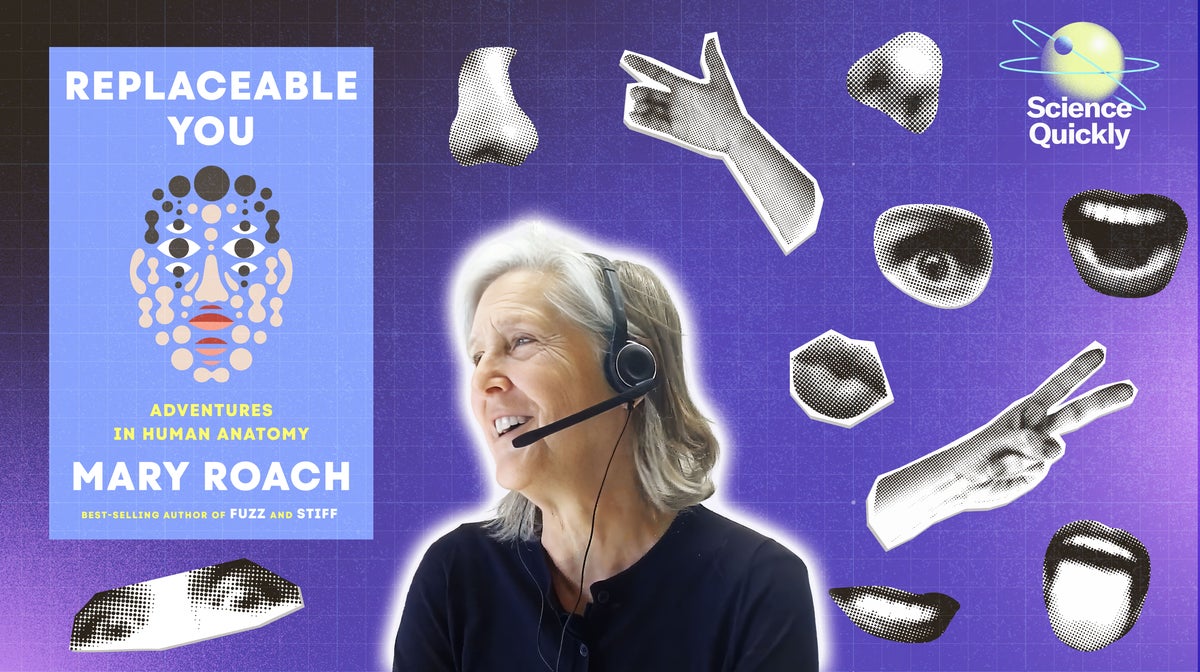
"Humans have been trying to replace ailing parts of our bodies for thousands of years, turning to prosthetic limbs, regrown noses, you name it. But creating something that works as well as our original equipment remains an enormous challenge. Here to walk us through the struggle to replace human heads, shoulders, knees and toes is science writer Mary Roach, author of the new book Replaceable You: Adventures in Human Anatomy."
"But we started corresponding a bit, and she mentioned that she's an amputee, specifically an elective amputee, meaning she had an underperforming foot, and she had multiple surgeries and still wasn't able to really walk on it in a way that she felt she wanted to be able to do, and she used to see people walking around with prosthetics, running, hiking, and she's like, I want that."
Efforts aim to swap out, build and replace bits and pieces of the human body, spanning historical experiments and contemporary technologies. Replacing complex structures confronts biological, mechanical and functional obstacles that make matching original performance difficult. Innovations in prosthetics enable running, hiking and improved mobility, yet many patients continue to experience limited outcomes after repeated surgeries. Some individuals elect amputation to gain better function through advanced prostheses. Research highlights both incremental progress and the intricate challenge of recreating the integrated sensory, motor and structural roles of natural anatomy across heads, shoulders, knees and toes.
Read at www.scientificamerican.com
Unable to calculate read time
Collection
[
|
...
]